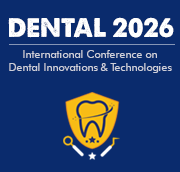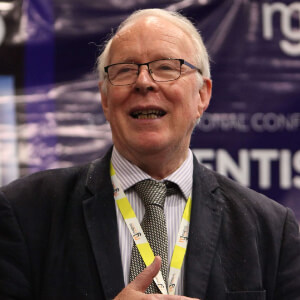David Geoffrey Gillam, Queen Mary University of London, United Kingdom
Molar-incisor hypomineralisation (MIH) is a developmental enamel defect of systemic origin that presents both diagnostic and therapeutic challenges in dentistry. Despite its increasing prevalence, several studies indicate some variability in clinicians’ knowledge, confidenc [....] » Read More




Title : Efficacy of a biomin F toothpaste compared to conventional toothpastes in remineralisation and dentine hypersensitivity: An overview
David Geoffrey Gillam, Queen Mary University of London, United Kingdom
Dentine hypersensitivity (DH) and enamel demineralisation are prevalent oral health concerns. BioMin toothpaste, containing fluoro-calcium phosphosilicate (FCPS), has emerged as a potential alternative to conventional toothpastes for both remineralisation and DH management. This [....] » Read More
Title : Dental treatment of 1,500 young children under general anesthesia
Jaap Boehmer, Rijnstate Hospital, Netherlands
Will be Updated Soon...
Title : Beyond symptoms: Interdisciplinary, neurofunctional approach in orthodontic therapy – A case-based perspective
Monika Osko, Group Dental Practice Marcin Ośko, Monika Ośko sp.c., Poland
Orthodontic relapse remains a significant challenge in clinical practice, often linked to unresolved underlying functional disorders. Traditional symptom-oriented approaches frequently overlook the complex neurofunctional mechanisms contributing to long-term instability. This pre [....] » Read More
Title : Sustainability awareness and practices in dental laboratories of Saudi Arabia
Rayan Ibrahim H Binduhayyim, King Khalid University, Saudi Arabia
Background: The dental sector’s significant environmental footprint has prompted a global call for sustainable practices in oral healthcare. Dental laboratories, in particular, generate considerable waste and carbon emissions due to single-use materials, chemical usage, and [....] » Read More